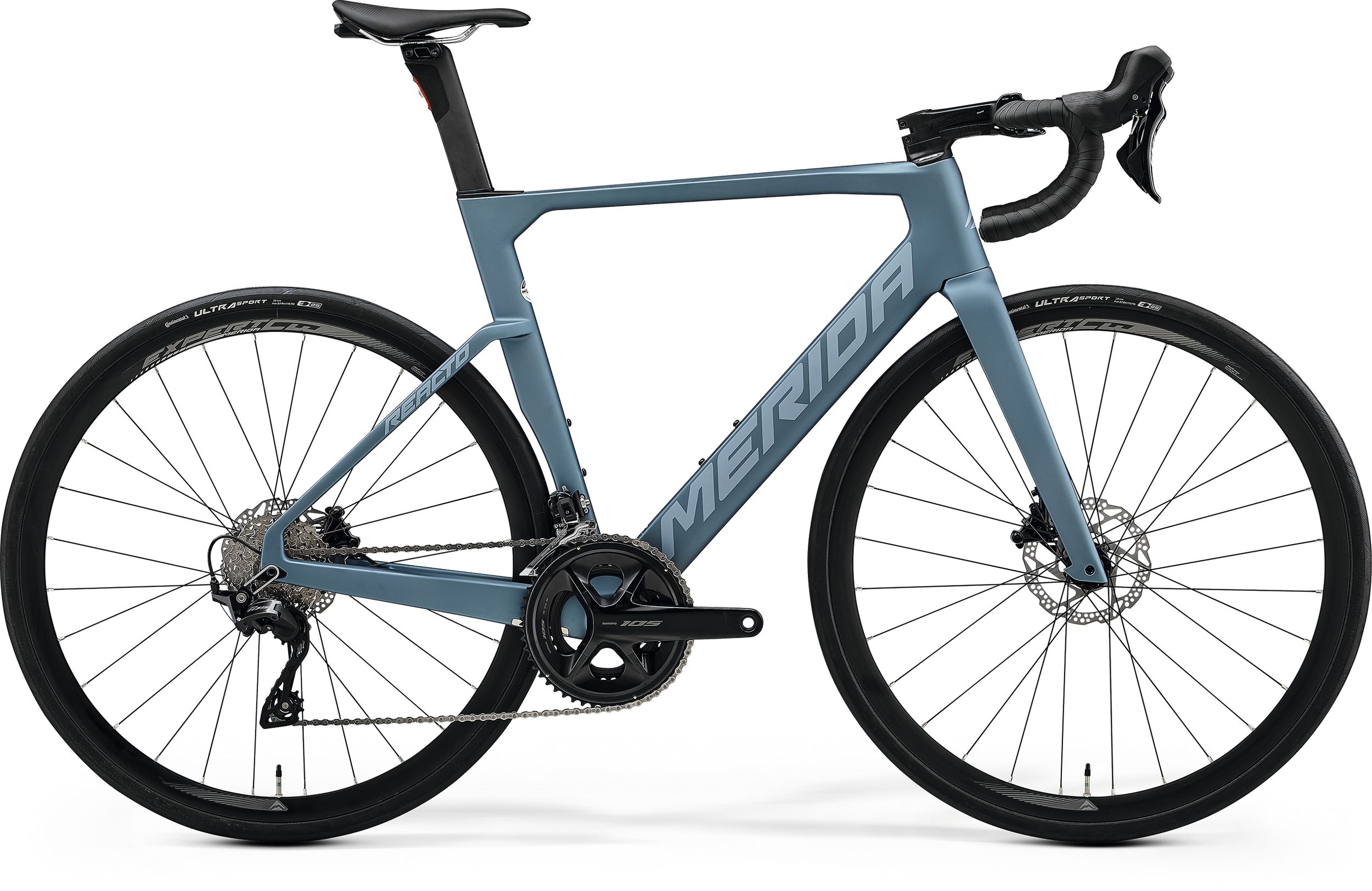MERIDA REACTO guide to buying a used racing bike what to check for known and lesser-known defects prices which are the best vintages and which models to focus on
Used MERIDA REACTO: Buying Guide
The Merida Reacto is an aerodynamic racing bike known for its speed, stiffness, and attractive design. Buying a used Reacto can be a great choice for those looking for a high-performance bike without the price of a new one. This guide will provide detailed information on what to look for, known flaws, market prices, best years, and models to focus your research on.
Years of Production and Models
The Merida Reacto has undergone several evolutions over the years. It is important to distinguish between the different generations and specific models:
First Generation (up to about 2013): Initial aerodynamic design, often with traditional brakes.
Second Generation (about 2014-2017): Further aerodynamic refinement, internal cable routing, and the introduction of disc brakes on some models.
Third Generation (about 2018-2020): Even more integrated design, greater attention to comfort, and optimized aerodynamics.
Fourth Generation (from 2021): Fully internal cable routing (WIRE PORT), more space for wider tires and an advanced frame design.
Within each generation, models vary based on the frame material (aluminum or carbon) and the build (groupset, wheels, components). Acronyms such as "400", "5000", "7000" and "Team" generally indicate the range level.
Used Market Prices
The prices of used Merida Reacto vary significantly based on:
Year of Production and Generation: The most recent models with cutting-edge technology will have higher prices.
Frame Material: Carbon versions cost more than aluminum ones.
Build: High-end groupsets (Shimano Ultegra/Dura-Ace, SRAM Force/Red) and quality carbon wheels increase the price.
General Condition: The absence of damage, significant scratches and limited wear are crucial factors.
Mileage: Although difficult to quantify, heavy use will reflect on the condition of the components.
Indicatively, the price ranges can be:
First Generation (Aluminum): €500 - €1,000.
First Generation (Carbon): €800 - €1,800.
Second Generation (Aluminum): €700 - €1,400.
Second Generation (Carbon): €1,200 - €2,500.
Third Generation (Aluminum): €1,000 - €1,800.
Third Generation (Carbon): €1,800 - €3,500.
Fourth Generation (Carbon): €3,000 + (being recent models, prices remain high).
It is essential to consult online platforms dedicated to the sale of used bicycles and compare similar ads to obtain a more accurate estimate of the current market value in Italy.
Known and Lesser Known Flaws
The Merida Reacto is generally a well-built bicycle, but some potential flaws or areas of concern may emerge with use:
Paint Weakness (Some Older Models): As with many carbon bikes, some users may have noted a certain sensitivity to the paintwork.
Creaking (Internal Cable Routing): On models with internal cable routing, vibrations or rubbing may cause creaking.
Bearing Wear: As with any bicycle, the bottom bracket and wheel bearings are subject to wear.
Carbon Integrity (Hidden Damage): Carefully inspect the carbon frame for cracks, delamination or signs of impact.
Brake Track Wear (Models with Traditional Brakes): Check the wear of the aluminum or carbon rims.
Component Play: Check the headset, wheel hubs and drivetrain joints for play.
What to Check Before Buying
A thorough inspection is essential before purchasing a used Merida Reacto:
Visual Inspection of the Frame: Look for cracks, deep scratches, dents or damaged paint. Check the joints, head tube, bottom bracket and seatstays.
Alignment Check: Make sure the fork and frame are aligned.
Component Check: Check the drivetrain (chain, sprockets, chainrings), brakes (pads, rotors), wheels and tyres for wear.
Play and Smoothness: Check the bottom bracket, headset and wheel hubs for play. Check the smooth rotation of the wheels and the chain.
Documentation (if available): The original sales receipt and service documentation may be helpful.
Bike History Request: Ask the seller for usage and maintenance details.
Test Ride (essential): Try the bike to evaluate the riding feel, the stiffness, the functioning of the brakes and the gears. Listen for any unusual noises.
What are the Best Vintages and Which Models to Focus On
The choice of vintage and model depends on your priorities and budget:
For an Excellent Quality-Price Ratio: The second and third generations in carbon with Shimano 105 or Ultegra/SRAM Rival or Force builds can offer high performance at more affordable prices used. The Reacto 5000 and 6000 models of these generations are often well equipped.
For Aerodynamics and Latest Technologies: The fourth generation (from 2021) offers the most updated design and WIRE PORT integration. The Reacto 5000 models and above are to be considered, keeping in mind a higher price.
Limited Budget: The aluminum versions of the previous generations (Reacto 300, 400) can be a good option for beginners or for less competitive use.
Models to focus on (indicatively):
Medium Budget: Merida Reacto 5000 or 6000 (generations 2 and 3) with Shimano 105 or Ultegra groupsets.
Higher Budget: Merida Reacto 7000 or higher (generations 3 and 4) with Ultegra Di2 or SRAM Force eTap AXS groupsets.
For those looking for the Top of the Range (recently used): Merida Reacto Team or 9000 (generation 4) with high-end groupsets.
General Advice: Regardless of the vintage or model, always favor well-maintained bikes, with a clear history (if possible) and subject them to a thorough inspection. A test ride is crucial to evaluate the real-world condition of the bike.

